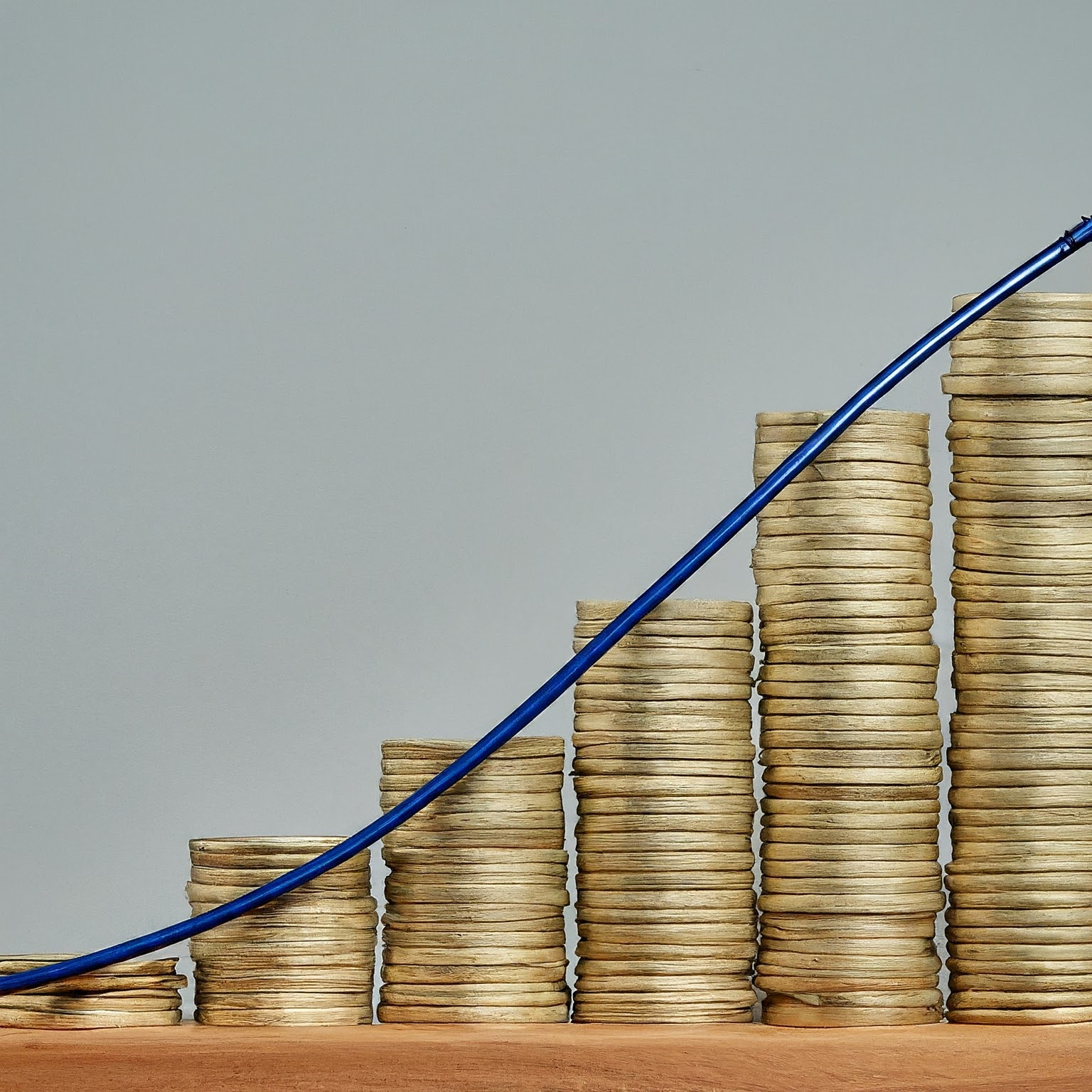Cash Flow Forecasting 101: Why Looking at Profit Alone Isn't Enough

Let's face it – as a small business owner, you hustle. You work hard, and when you see profits rolling in, it can feel amazing. A solid profit for the year means a good paycheck for you, right? Or maybe reinvestment to grow your business further? Easy!
Well… not so fast. Here's a bombshell (and one I learned the hard way): Profit doesn't always mean you have cash in the bank to actually pay your bills. This is where the concept of cash flow comes in, and it's crucial for any business owner to understand.
Profit versus Cash Flow: What's the Deal?
- Profit: This is the "bottom line" you see on your financial statements. It's your revenue minus all your expenses. Simple, right? Well, accounting gets a bit funky sometimes. Let's say you sell a whole load of equipment this month and invoice the clients (great job!) That boosts your profits right away, even if you don't get paid for another two months.
- Cash Flow: This is the actual cash flowing in and out of your business. It tells you if you have enough money right now to pay your staff, your suppliers, the rent, yourself, and – surprise, surprise – the taxman. Cash flow keeps the lights on.
The Dangers of a 'Profit-Only' Mindset
You can imagine a scenario where you score a massive sale, your profit for the year looks incredible, but your customers are slow to pay you. Meanwhile, those pesky everyday bills just keep coming. A sudden expense arises, and suddenly you're scrambling to cover costs. I've seen businesses in this situation – profits on paper, but barely keeping afloat day-to-day because of poor cash flow.
That's stressful, but even worse, it can sink your business if you don't know how to navigate it. It might mean struggling to buy more stock, missing opportunities for growth, or even being forced to take on high-interest debt just to survive.
The Hero: Cash Flow Forecasting
That's where cash flow forecasting comes in – it's your early warning system. Let's imagine you're like a pilot:
- Profit is your altitude on paper. You think you're safe.
- Cash Flow is your radar screen, warning of storms – or cash shortages – ahead.
A cash flow forecast gives you a crystal ball into your future bank balance. You list expected income (those future invoices, sales, etc.) and all your upcoming expenses (bills, wages, that big order of stock). Now, if the forecast looks scary, you can act to smooth things out ahead of time, rather than be surprised by a nasty shortfall.
How to Actually Do a Cash Flow Forecast
Let's get practical. Forget complex spreadsheets for now (your accountant can worry about those later). We'll take the high-level view, just to grasp the main idea:
- Start with Today: How much cash is actually in your bank accounts right now?
- Inflows: Estimate when you realistically expect money to come in. Be conservative – better safe than sorry.
- Outflows: List ALL your regular expenses. Don't miss even small ones, they add up. Include loan repayments, wages, rent, insurance… everything.
- Calculate and Compare: For each week or month into the future, subtract projected outflows from inflows. Do you end up with cash in the bank? Or is trouble looming?
Even a rough sketch like this will reveal upcoming crunches. Maybe you normally get customer payments by the 25th of each month, but you need to pay big wages earlier on the 20th. That's your warning sign to find solutions NOW.
Turning Forecasts into Action
Here's where savvy business owners benefit:
- Get Paid Faster: Can you adjust billing terms? Do upfront deposits make sense for your business?
- Delay Spending: If the forecast is tight, what costs could be moved back by just a few weeks?
- Line of Credit: Can you arrange this in advance as a 'rainy day' fund? Way better than panicked high-interest borrowing!
Don't Go it Alone
If this feels overwhelming, that's totally normal. Most business owners aren't finance gurus. Get your accountant involved and consider financial consulting help (now there's a shameless plug for my services!) We can take this simple forecasting idea and develop a tailored system that works for your specific business.
Just remember: Profit is great, but cash is king. Get into the habit of checking that cash flow pulse, and your business will thank you for it!